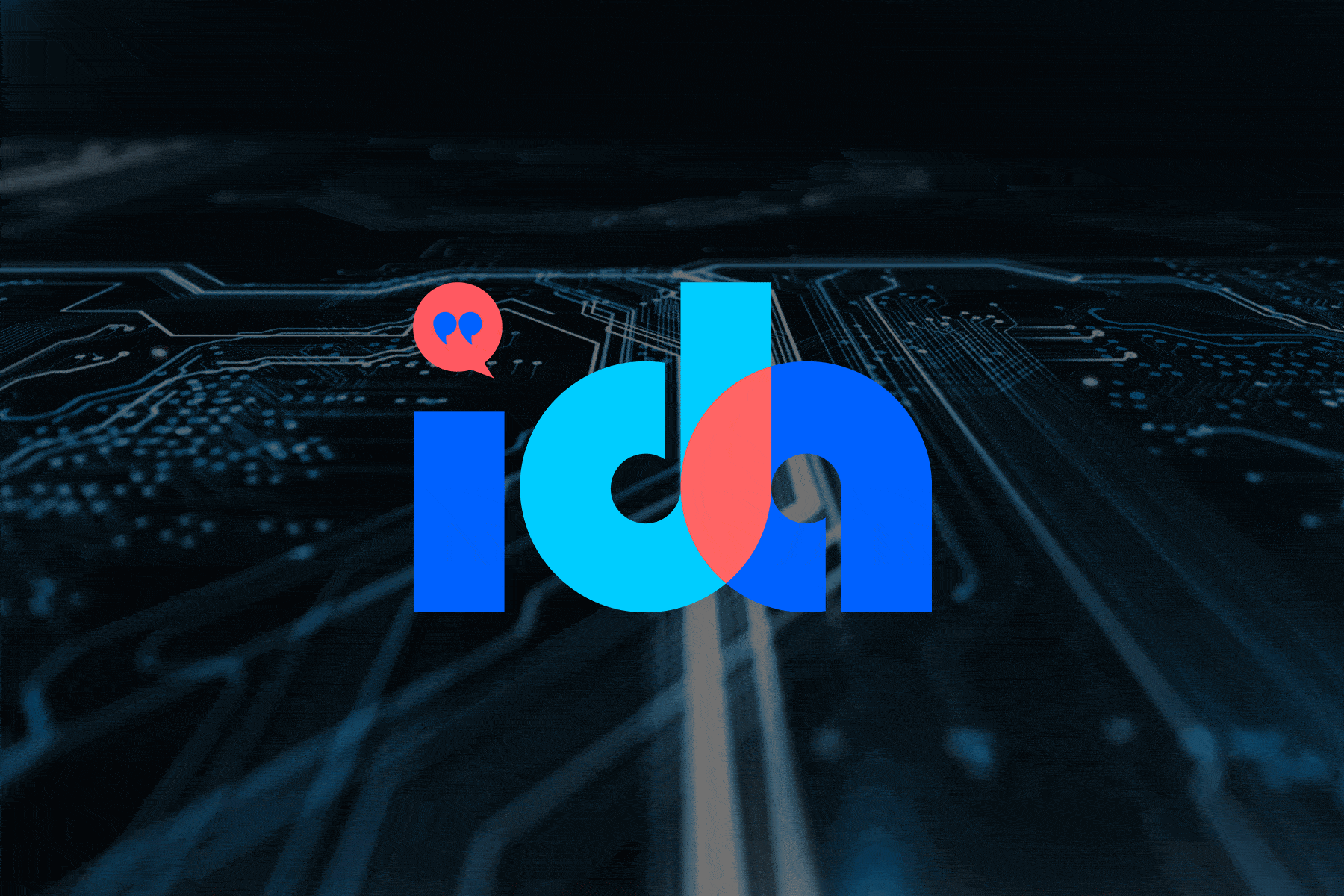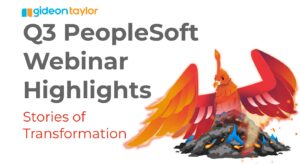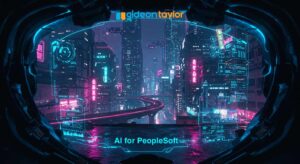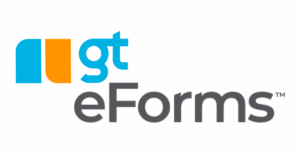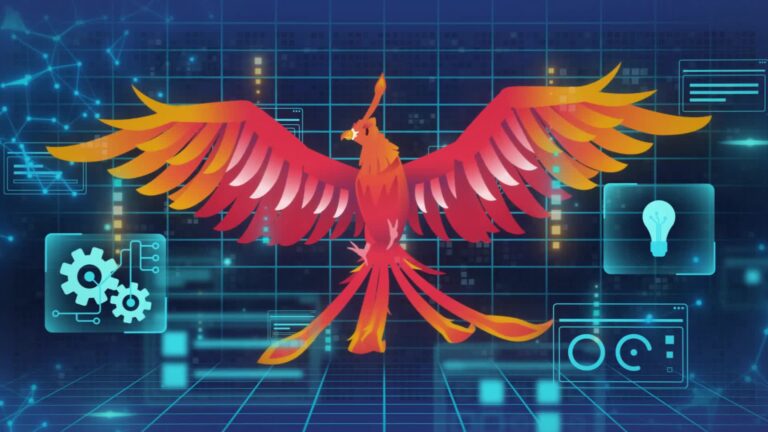Las Vegas was buzzing from October 13 to 16 as Oracle AI World 2025 brought together technologists, business leaders, and partners from around the globe. The message was loud and clear: Oracle is embedding AI into everything it does, from its applications to its databases, technology, and cloud. As an attendee and partner, I walked away both excited and curious about how these innovations will reshape enterprise software in the years ahead.
1. Oracle’s AI Agents: Three Tools, Three Audiences
If there was one theme that dominated the week, it was AI Agents everywhere. Oracle unveiled not one, not two, but three different AI Agent tools: AI Agent Studio, OCI GenAI Agents, and Private AI Agent Factory. The overlap between them was not entirely clear, but the distinctions matter:
- AI Agent Studio: Built for Fusion users, this tool is ultra-low-code and meant for business analysts to build or tweak prompts. It lives entirely within Oracle’s application ecosystem.
- OCI GenAI Agents: Designed for developers, this framework supports custom use cases outside Fusion, running as a cloud service. Think of it as a playground for technical teams building more advanced, cross-application AI workflows.
- Private AI Agent Factory: Embedded within Oracle Database 26ai, this is like Apex for AI Agents. It is ideal for organizations that need agents to operate on-premise or with minimal cloud dependency, even though the models themselves still live in the cloud.
While it was confusing to see three separate tools with overlapping missions, the underlying message was clear: Oracle is betting big on giving every kind of user, from business analyst to developer, the means to build AI-driven automation.
2. The Power of Owning the Entire Stack: Apps, Tech, and Data Centers
One of Oracle’s strongest messages this year was about its “No-Data-Copy” AI strategy. Most AI platforms today require organizations to move or replicate data across systems to train or use AI. Oracle’s unique position as the only vendor that owns the applications, technology stack, and data centers allows it to flip that model.
Instead of bringing data to AI, Oracle’s approach brings AI to your data. This has massive implications for security, cost, and accuracy. Data stays where it belongs, inside the database, reducing risk and ensuring it remains synchronized. As Steve Miranda, EVP of Applications Development at Oracle, put it:
“The future of enterprise AI isn’t in a separate, bolted-on stack … it is inextricably linked to the data, and therefore, to the database itself.”
This positioning sets Oracle apart from competitors like Salesforce and ServiceNow, who rely on external AI integrations or third-party clouds. Oracle is leaning hard into a vision of AI that is native, not added on.
3. The Fusion AI Agent Marketplace: A Work in Progress
Oracle also announced a Fusion AI Agent Marketplace, which at first sounded like a game changer. The idea is that third parties can contribute custom AI agents or prompts that other organizations can use. However, once we dug deeper, it became clear that this is more of a curated library of community-built prompts than a full-fledged app store.
Given how easy it is to create your own agents within Fusion, this marketplace may not be the goldmine Oracle hopes for. Still, it signals a growing ecosystem mindset and perhaps, in time, a place where shared innovation can flourish.
4. What Surprised Us Most
Even with all the energy around Oracle’s AI push, there were a few surprises and question marks:
- But where are the models? Oracle was tight-lipped about which AI models power these new tools. While the company offers privately hosted models, it is not the default option. In some cases, we learned that OpenAI’s models are used behind the scenes, but details about how data flows between Oracle and third-party services were vague.
- Repeated demos: Despite the conference’s AI focus, we saw the same demo multiple times. Most of these AI Agents required human interaction at every step. We did not see any truly autonomous workflows in action, which left us wondering how far away we are from real, end-to-end automation.
- Agent design challenges: This is not unique to Oracle, but current AI agents are narrow in scope. Each agent performs a single task and must be accessed from its specific module. For instance, the Procurement Agent lives in the Procurement page. Oracle mentioned plans for concierge-style agents that can hand off tasks between each other, but those capabilities were not demonstrated live.
- Strategic positioning: Oracle is clearly targeting ServiceNow and Salesforce, emphasizing that “bolted-on AI” is not the future. The race is now on to see which philosophy wins, bringing AI to your data or bringing data to AI.
5. What This Means for IT Leaders and Practitioners
As Oracle integrates AI across every layer of its stack, the implications for enterprises are huge. If you are already using Oracle products (or considering them), expect to see AI capabilities embedded across databases, applications, and infrastructure, not as optional add-ons but as integral features.
Chris Leone, EVP of Applications Development, summed it up best:
“The age of intelligent automation has arrived, and in order to stay competitive, organizations need AI solutions that are powerful, scalable, and easy to adopt.”
For organizations, this means a few key shifts:
- Redefine your AI strategy: As vendors like Oracle embed AI natively, companies must rethink what “AI strategy” even means. It is less about buying standalone tools and more about leveraging built-in intelligence while still finding a way to drive differentiation.
- Prioritize governance and transparency: With data staying inside the Oracle ecosystem, understanding how AI models interact with your data is critical. IT leaders should demand clarity on how models are trained, hosted, and secured.
- Experiment and prototype: Whether through AI Agent Studio or OCI GenAI Agents, now is the time to explore what these tools can do. Start small, focus on real business pain points, and test how Oracle’s AI can streamline workflows. At the same time, it is critical to have a partner who deeply understands the Oracle ecosystem and can guide you through this AI journey. A knowledgeable partner (Like Gideon Taylor!) can help align your Oracle investments with your broader automation strategy, accelerate experimentation, and ensure that your organization gets measurable business value from these new AI capabilities.
Closing Thoughts
Oracle AI World 2025 left us with plenty to think about. As a leading Oracle AI Partner, you can expect GT to help you adopt the right tools for the right situation, while integrating beyond Oracle for an AI-powered, “one-stop-shop” user experience. Oracle’s “AI everywhere” vision is ambitious and bold, and while there is still work to be done in unifying its AI Agent tools and clarifying its model strategy, the direction is clear. Oracle is building toward a future where AI is not an add-on but a foundation.
If you are curious about how these developments could impact your organization, let’s connect. The future of enterprise AI is unfolding fast, and understanding how to harness it will be key to staying ahead.


